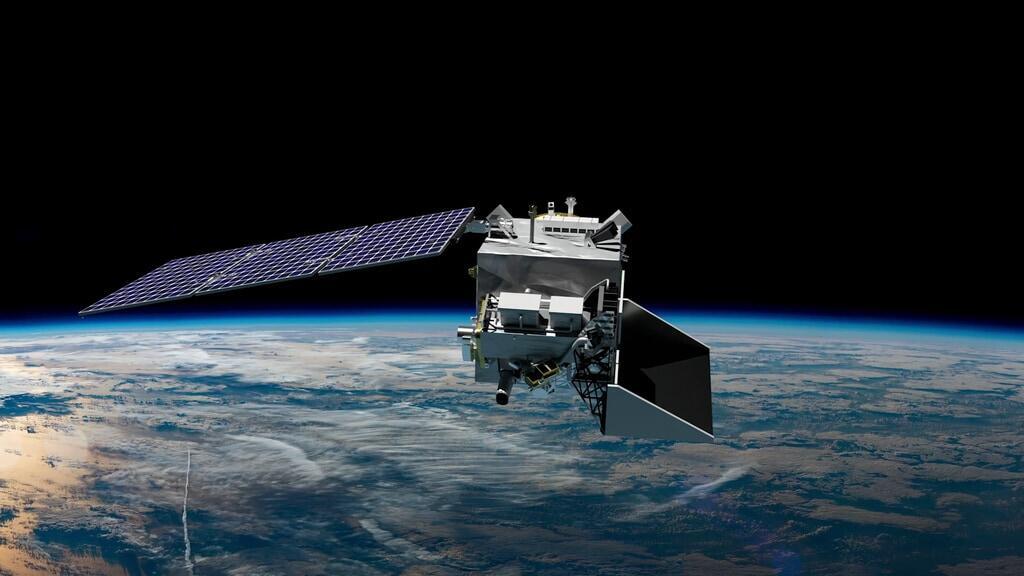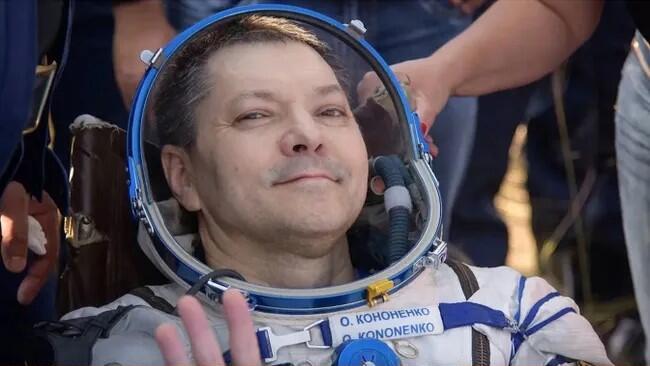The International Astronomical Union, responsible for setting agreed names for celestial bodies, recently approved the peculiar name Zoozve for the "half-moon" of Venus. This decision marked the end of a long and amusing tale that originated from human error. The object is an asteroid with a diameter of approximately 240 meters that is orbiting the Sun, but it is temporarily caught in Venus's orbit and is likely to break free from it in a few hundred years.
Read more:
About a year ago, while putting his young son to bed, Latif Nasser noticed a peculiar name, Zoozve, on a poster of the solar system hanging above his son's bed. Nasser, one of the hosts of the popular science podcast Radiolab, knew that Venus has no moons and decided to delve into the origin of this illustration.
2 View gallery


Striving for a better understanding of the mechanisms behind global warming. PACE satellite in space
(Illustration: NASA)
After a thorough investigation, it turned out to be an object identified by astronomers in 2002, temporarily named 2002VE86 due to its proximity to Venus at that time. At some point, the illustrator mistakenly replaced the numbers 2 with the letters Z and omitted the suffix, and thus the name ZOOZVE was born. Intrigued by the discovery, Nasser and the podcast team embarked on a journey to formalize the accidentally given name for the asteroid. The full story was aired in an episode of Radiolab at the end of January. As mentioned, their efforts bore fruit this week, and the half-moon of Venus is now officially designated as 524522 Zoozve. Congratulations!
Record-Breaking Astronaut
Russian cosmonaut Oleg Kononenko recently set a new record, becoming the person who has spent the most cumulative time in space. Kononenko, who is currently on his fifth mission at the International Space Station, has spent 879 days in space, surpassing the previous record set by his compatriot Gennady Padalka, who spent 878 days orbiting the Earth.
2 View gallery


The goal: achieving three cumulative years in space. Kononenko upon his return to Earth from his previous visit to the space station in 2019
(Photo: NASA/Bill Ingalls)
Kononenko's current mission is supposed to last a year and, if completed as planned, he will have accumulated 1,100 days in space, a little more than three years of his life. Kononenko, 59, is an aeronautical engineer who was raised in Turkmenistan and joined the Russian space program as a cosmonaut in 1996. He made his first journey to space in 2008 and has conducted six spacewalks during his five missions at the station, accumulating nearly 40 hours in space outside the space station.
A Small Step for the Environment
Last week, the United States space agency launched the PACE satellite for environmental research and monitoring of climate-related phenomena. The satellite, comparable in size to a commercial vehicle, is equipped with various cameras to observe phenomena such as cloud cover, atmospheric particle concentrations, air pollution levels, and plankton densities in the oceans. Its goal is to enhance understanding of the complex interrelationships between oceans and the atmosphere, aiming to identify connections between airborne particle levels and ocean plankton abundance, or between air pollution and cloud formation, affecting Earth's warming and cooling.
The satellite was launched by SpaceX on behalf of NASA. A Falcon 9 rocket carried it to an orbit at an altitude of 677 kilometers above Earth, where it is supposed to orbit the planet every 98 minutes in a sun-synchronous orbit. This orbit allows the satellite to pass over the same latitudes with the sun at the same angle during each orbit, facilitating consistent comparisons between photographs and measurements over time to discern trends. According to the plan, the mission is slated to operate for at least three years. In reality, the satellite carries an excess of fuel beyond the mission's minimum requirements, potentially extending its mission lifespan to up to ten years in the absence of malfunctions.

